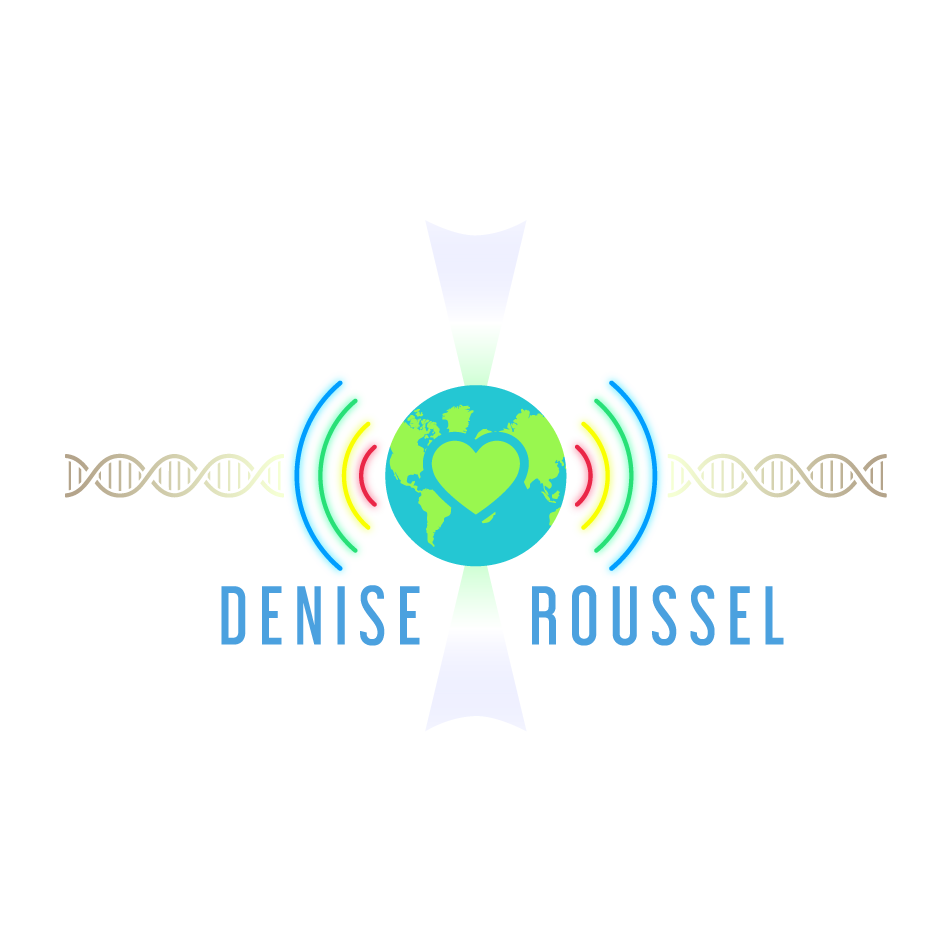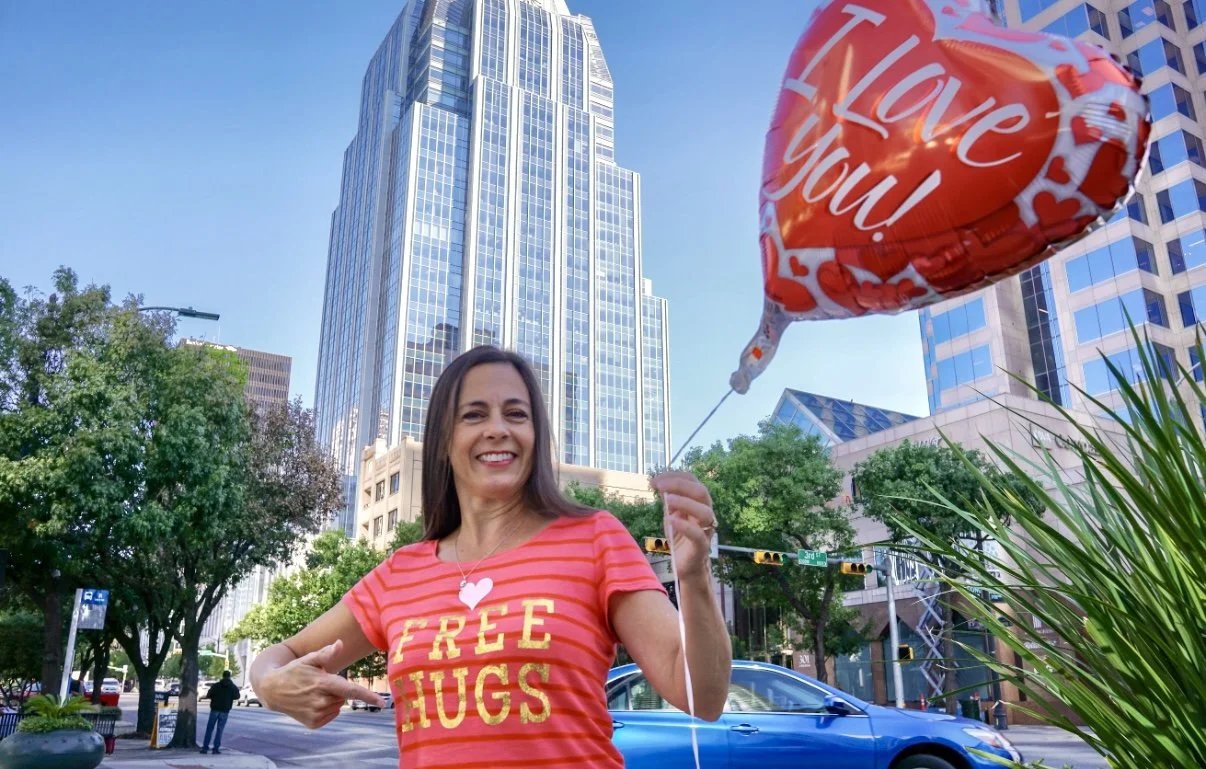Life has a way of slapping us with the pain of loss, disappointment, and unbearable struggles. Sometimes the blow is so fierce that it knocks the wind out of us, leaving us unsure of how to go on. The pain can feel overwhelming—so heavy that coping seems nearly impossible, and working through it feels out of reach.
Most of us instinctively try to resist, distract, or numb those painful feelings. We bury ourselves in work, relationships, entertainment, substances, or anything that can help us avoid what we don’t want to feel. But what if there was another way? What if, instead of running from our pain, we could allow it to become a doorway into love?
I know that might sound impossible, but I assure you—it’s not only possible, it’s profoundly doable. In fact, it’s far less complicated than most of us imagine. The real challenge isn’t the process itself but the fact that it asks us to do the exact opposite of what we’ve been conditioned to believe will help us heal.
Through the intense grief of losing my son Cory, I discovered that sadness, fear, anxiety, and anger weren’t enemies to be conquered but parts of myself that longed for connection.
These feelings were not proof that I was broken; they were the parts of me that felt exiled from love. For so long, I treated them as intruders—unwelcome guests in my heart. But over time, I learned something life-changing: when I stopped labeling them as bad or wrong and began viewing them with compassion, something shifted.
It was as if I had locked these emotions in the basement of my heart, refusing to let them see the light of day. Yet, when I finally opened the door and welcomed them, I realized they had been waiting all along to be seen, heard, and felt. They weren’t trying to destroy me—they were crying out to be loved.
The irony is that the very feelings I had spent a lifetime fighting and pushing away were actually working overtime to protect me. They had suffered greatly on my behalf, attempting to get me what I longed for—safety, belonging, love—only to be rejected by me again and again.
That realization broke me open. I no longer wanted to treat these parts of myself as enemies. I wanted to make peace with them.
But trust takes time. Just like any relationship, learning to befriend the wounded parts of myself required patience and consistency.
It asked me to view and experience myself as my Higher Self—as Love itself—and to live from that perspective. From there, I could embrace my human self with tenderness, offering her the care and safety she had long been searching for.
This process hasn’t been instantaneous. It has required me to slow down, be still, and become deeply present with myself. It has meant calming my overstimulated nervous system, reframing the thoughts I had carried for years, and choosing to release viewpoints that no longer serve me. It’s been a restructuring of the way I see myself and the world, flipping everything I once believed upside down.
Now, instead of denying or pushing away my sadness and fear, I open my heart to them with compassion. And in doing so, I witness the most extraordinary alchemy: these heavy feelings begin to dissolve back into Love.
The very places that once felt unbearable have become sacred openings into tenderness, understanding, and connection.
But here’s the key—it doesn’t happen through concepts alone. Knowing this in theory isn’t enough.
Transformation happens only through practice. It’s in the actual moments of sitting with myself, breathing through discomfort, and offering love to the hurting places that the shift occurs.
The good news is that the practices are simple. They don’t require years of training, mountains of willpower, or complicated rituals. They only require willingness.
When you begin to apply these practices, you’ll find yourself little by little, day by day, learning to love the parts of you that once felt unlovable. Before long, you’ll notice something radical—you’ll be loving the hell out of yourself.
And that is how you embody the Love that you already are.

